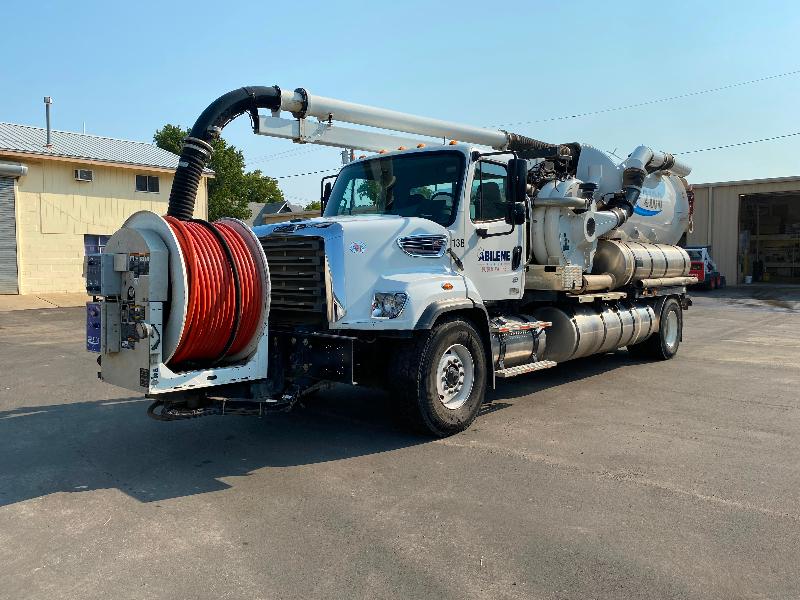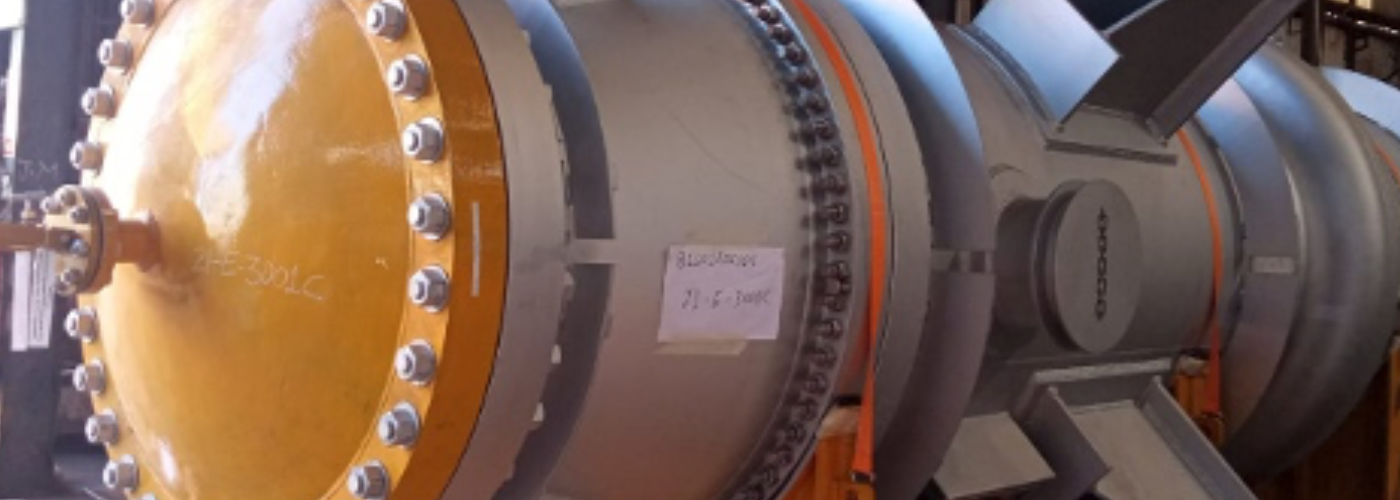Media Coverage
Where do returned gifts end up? Probably Plainfield
Ohio businessman Mufeed Alkhalifa has a good thing going in West Africa. West Africans need cheap TVs and are willing to pay cash. Alkhalifa knows where to buy used TVs and has a middleman to do the shipping. His source: a suburban Indianapolis warehouse whose owner is a big player in the thriving returns market. It's a market where billions of dollars of unwanted goods a year get recycled and quickly resold, usually within 30 days. Almost every week Alkhalifa drives one of his company's two box trucks from central Ohio to a Plainfield warehouse owned by a company with the apt name of Liquidity Services.
Last week the Saudi emigree paced just inside the dock doors. He was waiting for a forklift driver to haul out the latest items he'd bought at auction from somewhere in the building's vast reaches. "Today I'm picking up TVs, nine or 10 transactions," said Alkhalifa, who's been in the resale business three years. Most people don't think about where returned merchandise goes. Suffice it say that much of it doesn't end up back on the seller's shelves or its online inventory. The reason: Retailers don't have the time or ability to resell all those returned items - especially when they're out of their original packaging and show signs of being used.
Electronic devices in particular are tough to resell as new. They get nicked or damaged once unpacked and often were programmed by the buyer or had personal information put into their memories. So the returns market is awash in TVs, computers, cellphones and accessories, plus almost every nonelectronic consumer good you can imagine. Even nonperishable foods, like energy bars or protein powder, make their way into the resale market. Returns are especially heavy now, after Christmas. "I'll just show you some," said Karen Ling, general manager at the Plainfield warehouse. She beelines for the inbound dock, avoiding beeping forklifts. Like everyone else working in the hard-to-heat warehouse, she wears a heavy sweater or coat. "We don't even know what's in these boxes yet," she said, gesturing to dozens of pallets holding newly dropped off returns. The answer comes on the processing line, where contents of incoming boxes are sorted by some of the warehouse's 125 employees (up from 100 during less-busy months). Every item is scrutinized, catagorized and affixed with a computer bar code to track it. Ling peers in one box. It holds a sheet set, razors and automobile parts, among other stuff. So heavy is the flow of returns and excess inventory that it's not cost-effective to resell items individually, or even by lot. So items coming from the sorting line are tossed in boxes until the accumulated retail value comes to around $1,500. A photo is then taken of the top layer of items in the box, plus three randomly selected items, before the box is sealed and stored to await its sale at auction.
Electronic items do get special handling and are typically sold in lots of similar products. They must be wiped clean of any personal information and tested to be sure they work. (Employees are forbidden from participating in Liquidity's auctions. They know too much about the boxes' contents.) Jenny Eggert went to work at Liquidity Services after 16 years as a stay-at-home mom. Most days she finds herself testing game systems. She puts each game through three minutes of play, wipes any personal information from the machine, and neatly repackages its cord and other parts in a box to prepare it for resale. "It's a very interesting job," said Eggert, who stands up at a cluttered workbench to do her work. "I really enjoy it. It's almost like Christmas every day."






